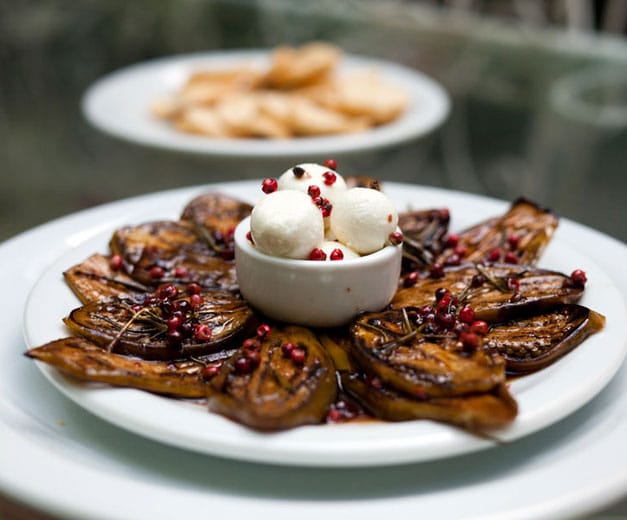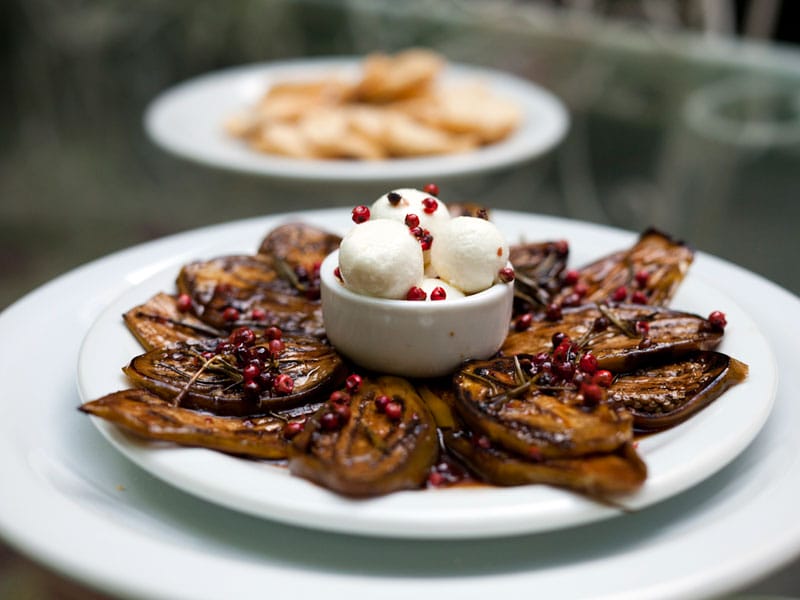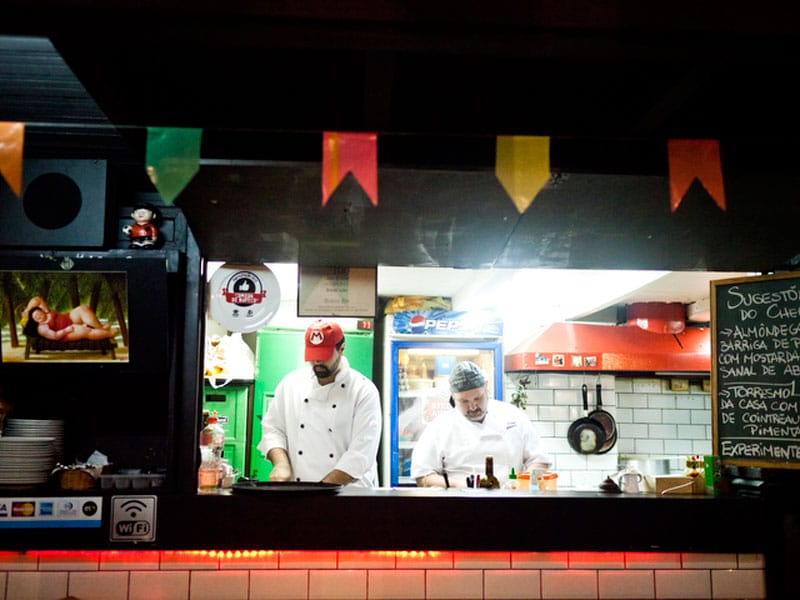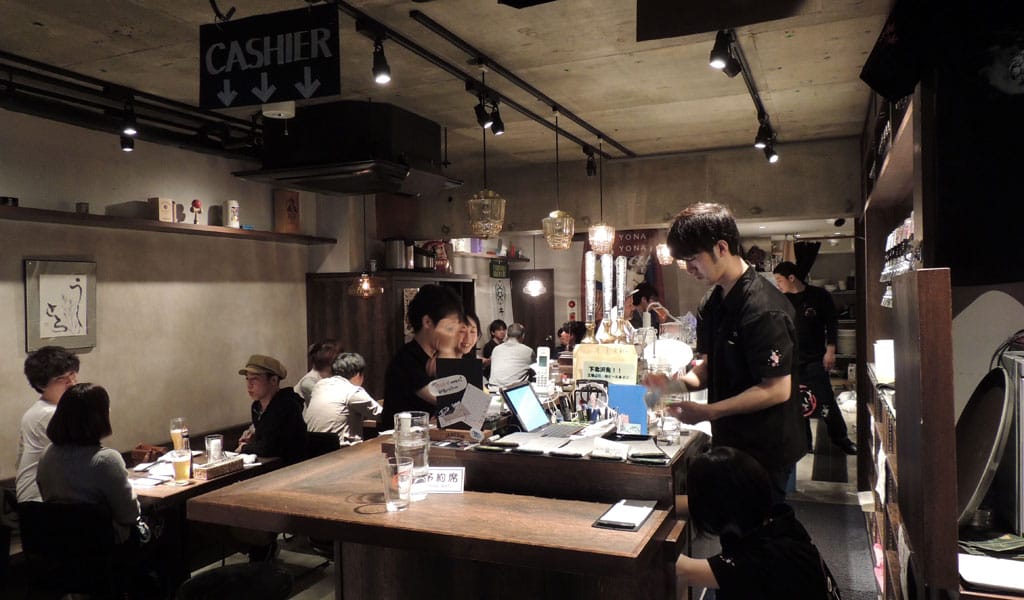The Praça da Bandeira, an area of Rio that until recent years was mostly known for prostitution and cheap inner-city housing, is rapidly changing. Lying in the shadow of the massive Maracanã Stadium – built for the 1950 World Cup and the planned location of the opening ceremony of the 2016 Summer Olympics – it is alive with new construction and pedestrian traffic, which are changing the tired face of this historical but underappreciated neighborhood. And sitting snugly in the midst of this new buzz is Aconchego Carioca, a restaurant and bar with one of the best beer menus in Rio.
Far from postcard-perfect Ipanema, Praça da Bandeira is like a great vintage find at a thrift store. The area was home to a slaughterhouse in the 19th century, later becoming largely residential. It borders several historical areas that were once the centers of city life, such as São Cristóvão and the Port Zone, an area bustling with cargo ships and colonial architecture that is now often in disrepair and covered in graffiti. The Port Zone is also home to some of the most important sites in Afro-Brazilian history, including the cobblestone Valongo Wharf, by which an estimated half a million slaves first entered the country, and the Cemitério dos Novos Pretos, a slave cemetery turned contemporary cultural center. But the Praça da Bandeira is a bit less picturesque; the neighborhood is surrounded by three of Rio’s busiest highways, which take throngs of workers each day along their congested lanes from Rio’s blue-collar northern suburbs to work downtown and in the Zona Sul (“South Zone”). (Many of the protests that rocked Rio in 2013 took place in the area surrounding the Praça da Bandeira.)
“It wasn’t a place where people liked to hang around,” remarked Kátia Barbosa, one of the partners at Aconchego Carioca, about Praça da Bandeira. “It was a place of passage. People came through here to go somewhere else.” But these days, as the city limits are being pushed beyond the beachside Zona Sul – formerly considered the only place for a posh night out on the town – locals are exploring the city’s more forgotten corners.  A lunchtime or weekend visit to Aconchego Carioca shows how much the Praça has changed. The pink exterior, colorful hammocks and a kitschy assembly of decorations make for a warm reception at this restaurant/bar, whose name cutely translates to the “Rio Cuddle.”
A lunchtime or weekend visit to Aconchego Carioca shows how much the Praça has changed. The pink exterior, colorful hammocks and a kitschy assembly of decorations make for a warm reception at this restaurant/bar, whose name cutely translates to the “Rio Cuddle.”
The venue has developed one of the city’s most extensive beer menus to accompany its creative twists on the typical foods of Brazil’s Northeast – a region multitudes of migrants left in the last century, seeking a better life the country’s more prosperous southeast. Those migrants’ children, many of whom have done well in the big city, get a taste of home at Aconchego, which takes Brazilian ingredients that are considered “common” and are typically undervalued in the restaurant scene and reinterprets them to suit the palate of the country’s cultural hub. “We’re always looking for ways to serve ingredients that are uniquely Brazilian,” Barbosa told us. Those include arroz vermelho, a red rice that grows in the northeastern state of Paraíba, and jiló, a slightly bitter, palm-sized green vegetable Brazilians either adore or despise.
Among Aconchego’s most popular dishes is the almofadinha, shrimp breaded with tapioca and fried, which makes for a chewy rather than crunchy appetizer. The bolinho de feijoada packs in the main courses of a weekend feijoada, a traditional Brazilian gathering to eat beans with pork parts, including the ear, tail and tongue of the animal. In this dish, black beans and couve, or thinly cut collard greens, are battered and fried into small balls and eaten with torresmo (cracklings). The whole thing is topped off with a batidinha de limão, a small serving of a tart lime drink made with cachaça, Brazil’s national sugar cane-based alcohol.
For vegetarians – or those who tire of the Brazilian meat-even-for-breakfast regime – the jiló do Claude consists of thin slices of the vegetable brushed with a tangy balsamic dressing, to which pink peppercorns, honey and a side of goat cheese are added. Meanwhile, the moqueca de banana da terra com palmito pupunha is an enormous dish that can stuff at least three people. A moqueca is a spicy coconut milk-based stew usually served with shrimp or fish; Aconchego’s meatless version is instead slowly cooked with sweet plantains 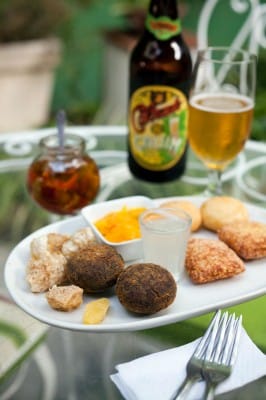 and salty hearts of palm. An especially decadent and uniquely Brazilian dessert is the palitos de queijo coalho com goiabada cremosa. Strips of the white cheese, which can be grilled without melting them, are lightly battered, fried and served along with slices of guava paste. To Brazilians, cheese and guava paste go so well together that they jokingly call the pairing “Romeu e Julieta.”
and salty hearts of palm. An especially decadent and uniquely Brazilian dessert is the palitos de queijo coalho com goiabada cremosa. Strips of the white cheese, which can be grilled without melting them, are lightly battered, fried and served along with slices of guava paste. To Brazilians, cheese and guava paste go so well together that they jokingly call the pairing “Romeu e Julieta.”
Gastronomy runs in Barbosa’s family, which immigrated from Paraíba and initially lived in a favela (squatter settlement) in the city’s North Zone. Her father sold cocada, a crunchy coconut candy, and cuscus, a cake made of tapioca, in front of a movie theater; her brother is a cook on a ship and her sister caters desserts for parties. It’s no surprise that the extensive beer menu Barbosa has put together – about 250 choices, including a selection of imports and national brands that are still hard to find in the average Brazilian bar – is mostly a result of her own love of the drink. A top domestic option is the Colorado brand, whose Cauim label uses manioc starch to give the brew a buttery taste.
While the list of imported beers has attracted an up-and-coming class of Brazilian beer connoisseurs, Barbosa resents the frescura – “freshness,” or pretension – that’s come along with this clientele. “You don’t need to know where it was made. You just need to know that you like it,” she said. “I deal with everything without frescura.”
(photos by Lianne Milton)
This review was originally published on July 4, 2013.
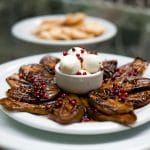 July 4, 2013 Aconchego Carioca
July 4, 2013 Aconchego Carioca
The Praça da Bandeira, an area of Rio that until recent years was mostly known for […] Posted in Rio July 23, 2013 Botero
July 23, 2013 Botero
Rio’s Mercado São José looks all but abandoned during the day. The windowless white […] Posted in Rio November 9, 2019 Ushitora
November 9, 2019 Ushitora
When Japan’s last shogun ceded control of the country in 1868 and a centuries-old […] Posted in Tokyo
Published on July 02, 2015
Related stories
July 4, 2013
RioThe Praça da Bandeira, an area of Rio that until recent years was mostly known for prostitution and cheap inner-city housing, is rapidly changing. Lying in the shadow of the massive Maracanã Stadium – built for the 1950 World Cup and the planned location of the final World Cup 2014 match – it is alive…
July 23, 2013
RioRio’s Mercado São José looks all but abandoned during the day. The windowless white building with blue trim hosts a small fruit vendor and a thrift shop during work hours. A band practices capoeira – Brazilian martial arts – occasionally on the weekends. But the market bursts with chatter and merrymaking in the evening, thanks…
November 9, 2019
TokyoWhen Japan’s last shogun ceded control of the country in 1868 and a centuries-old closed-door policy was reversed, foreign influences on the country grew from a trickle to a steady stream. Foreign residents were confined to restricted living areas, one of the largest one being in Yokohama, just south of Tokyo. Capitalizing on their fellow…







































